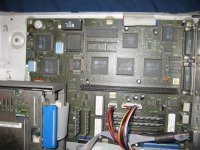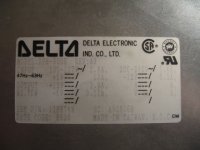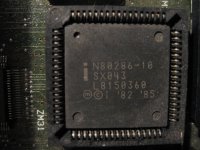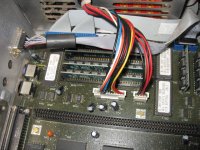tezza
Veteran Member
Hmmm...My PS/2 30-286 seems to have developed a video fault. I left it running for a while recently and when I came back the monitor was showing no signal from the machine. Every time I turn it on, I can't get a signal to the monitor. It's as if the monitor is not connected.
I've checked the cables and plugs. They are ok. I've also plugged in another monitor. Same result.
Any ideas?
Tez
I've checked the cables and plugs. They are ok. I've also plugged in another monitor. Same result.
Any ideas?
Tez





